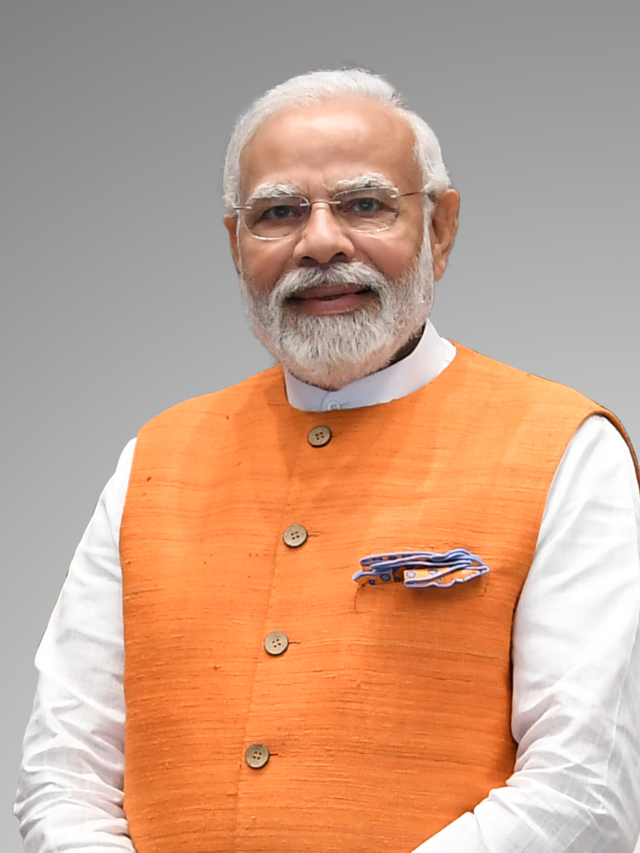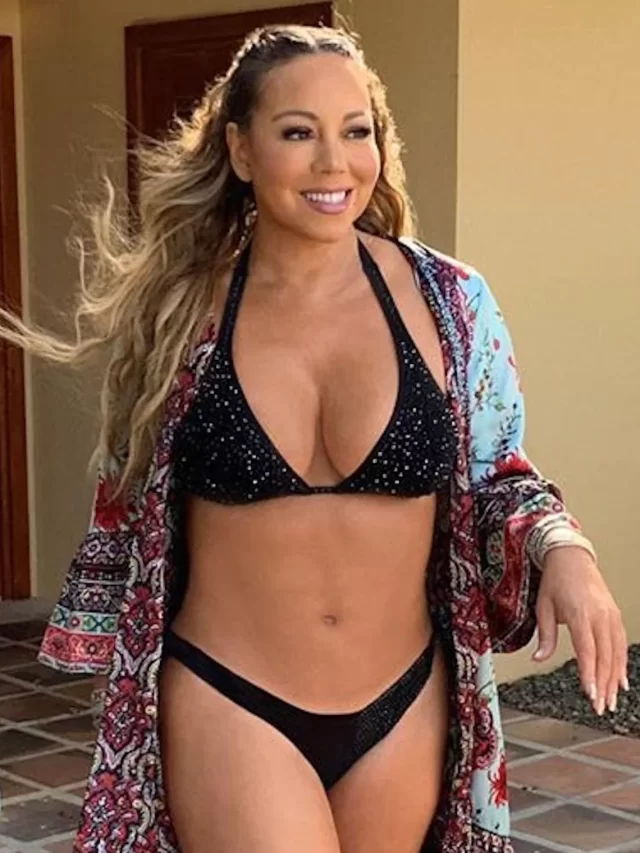The style business is one of the biggest and most persuasive areas on the planet, molding patterns and affecting how individuals dress. In any case, behind the charm and marvelousness lies a hazier side that frequently slips through the cracks – the exploitative practices and natural effect of the quick design. As buyers, we can make design unrest by pursuing cognizant and moral dress decisions. By supporting brands that focus on supportability, fair work, and straightforwardness, we can enable positive change and construct a more capable and comprehensive design industry.
- Understanding the Issue:
A quick design, portrayed by its minimal expense creation and fast turnover of patterns, has powered overconsumption and made an expendable culture. The determined interest in modest attire has brought about natural debasement, double-dealing of laborers, and risky working circumstances. The style business is one of the greatest supporters of worldwide contamination, radiating enormous measures of ozone-depleting substances, drinking exorbitant water, and producing huge measures of material waste.
- The Ascent of Moral Style:
While developing worries about the style business’ effect, a design upheaval is in progress. Moral style plans to resolve the social and ecological issues related to quick design. It accentuates supportable practices, fair exchange, and moral creation processes. Moral brands focus on straightforwardness, guaranteeing that customers know where their garments come from and the circumstances in which they were made.
- Sustainable Materials and Practices:
One way moral style advances change is by using feasible materials and practices. Brands are embracing eco-accommodating options like natural cotton, hemp, bamboo, and reused textures. They endeavor to lessen squandering by executing zero-waste or round plan draws near, reusing material waste, and utilizing inventive advancements like 3D printing. Also, a few brands are embracing cleaner creation strategies, limiting water use, and decreasing their carbon impression.
- Fair Exchange and Laborers’ Freedoms:
Moral design perceives the significance of fair exchange and laborers’ privileges. By supporting brands that stick to fair work rehearses, shoppers can assist with working on the existence of pieces of clothing laborers around the world. Moral brands guarantee that specialists get fair wages, safe working circumstances, and the option to unionize. They advance straightforwardness in their stock chains, making it simpler for shoppers to follow the beginnings of their garments and guarantee moral practices.
- Consumer Mindfulness and Schooling:
Enabling change in the style business likewise depends on purchaser mindfulness and schooling. Design unrest missions and drives have arisen, spreading mindfulness about the genuine expense of quick style and empowering customers to settle on informed decisions. Through narratives, online entertainment developments, and occasions like Style Unrest Week, shoppers are taught about the effect of their dress decisions and motivated to help moral brands.
- Fashion as a Power for Good:
The moral design shows the way that style and maintainability can coincide. It exhibits imaginative plans, craftsmanship, and innovativeness while regarding the planet and its occupants. By picking a moral dress, purchasers become pieces of a development that rocks the boat and prepares for a more dependable and comprehensive style industry. Besides, supporting moral brands sends a strong message to the design business, encouraging them to focus on maintainability and moral practices.
- Collaboration and Industry Responsibility:
Moral style goes past individual decisions; it requires cooperation and responsibility from all partners in the design business. Brands, architects, makers, policymakers, and purchasers need to cooperate to make foundational changes. Industry joint efforts and organizations between moral brands and customary design organizations can assist with driving development and advancing capable practices for a bigger scope.
- Supporting Neighborhood and Distinctive People group:
The moral design additionally features the significance of supporting neighborhoods and distinctive networks. By picking clothing made by craftsmen and customary craftspeople, we add to the protection of social legacy and backing manageable jobs. Moral brands frequently focus on working with nearby craftsmen, engaging them monetarily and giving them fair wages, and opening doors for development.
- Extending the Life expectancy of Attire:
One more essential part of the moral design is advancing the idea of “slow style.” This includes purchasing fewer things of greater and dealing with them to broaden their life expectancy. By putting resources into ageless pieces and fixing or upcycling articles of clothing, we lessen squandering and limit our ecological effect. Deal hunting and dress trades are likewise acquiring prominence, permitting us to give pre-cherished things a renewed purpose for carrying on with life.
- Influencing Style:
Customers can impact style through their buying choices. By supporting moral brands, we signal an interest in maintainable and moral style, empowering different brands to stick to this same pattern. Virtual entertainment forces to be reckoned with and big names can assume a crucial part in advancing moral design and rousing their devotees to settle on cognizant decisions. As buyers, we ought to utilize our voice and impact to advocate for a style industry that focuses on morals and maintainability.
- The Monetary Advantages of Moral Design:
In opposition to the conviction that moral design is costly, it can give financial advantages. By putting resources into top-notch pieces of clothing that last longer, we set aside cash over the long haul. In addition, a moral style frequently upholds nearby economies and limited scope makers, adding to work creation and monetary turn of events. By diverting our spending towards moral brands, we can drive monetary development while supporting economic practices.
- Government Guidelines and Strategy Changes:
Unofficial laws and strategy changes assume an essential part in forming the style business. Upholding more grounded guidelines on work conditions, natural effects, and production network straightforwardness can assist with making a more responsible and dependable industry. Shoppers can draw in policymakers and backing drives that advance moral design works, empowering legislators to focus on manageability and moral guidelines.
- Ethical Design and Body Energy:
The moral design embraces inclusivity and advances body inspiration. Dissimilar to quick mold, which frequently sustains ridiculous excellence norms, moral brands underscore variety and take special care of the scope of body sizes and shapes. By supporting these brands, we add to a more comprehensive and enabling style industry that celebrates singularity and advances self-assurance.
Conclusion:
Design unrest starts with our cognizant decisions as customers. By embracing moral design, we can support maintainability, fair work, inclusivity, and straightforwardness inside the style business. From supporting brands that focus on these qualities to pushing for strategy changes and teaching people in the future, our activities can engage change on a worldwide scale. Together, let us keep on driving the style upset, encouraging a more moral, feasible, and impartial future for all.
Read More:- Style Symbols: Investigating the Impact of Famous Creators on Current Design














